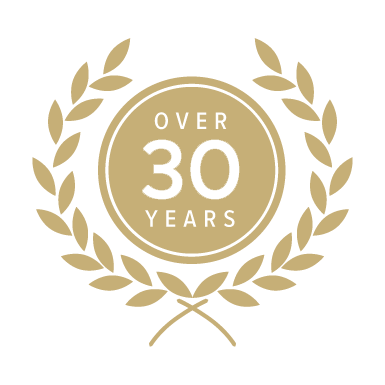3 Workplace Safety Best Practices During & After COVID-19

Businesses are becoming increasingly cognizant of their role in the creation of a safe post-COVID-19 workplace and the legal repercussions associated with neglecting this role. When strong precautions and procedures are established and followed businesses can successfully slow the spread of this virus and improve the safety of their employees. However, if an adequate effort is not taken to implement and adhere to these procedures, litigation is likely to arise.
In order to help litigators successfully educate their clients on workplace safety during and after COVID-19, we have assembled a COVID-19 practice group of industry professionals and renowned thought leaders. With an eye towards potential future litigation, a few select members of our practice group have offered their insight on workplace safety best practices as known at this time.
Monitoring Employees & Social Distancing
An important aspect of maintaining a clean work environment is monitoring personnel daily and maintaining social distancing throughout the workplace. Mr. Eduard Eichen, a board-certified industrial hygienist with over 30 years of environmental microbiology and workplace exposure experience, noted, “Incoming personnel should be cleared by a medical professional and at least temperature tested each day following. Workspaces as well as common spaces such as bathrooms, break rooms, conference rooms, elevators, etc. should be configured to all maximum social distancing. This may also require staff reductions and/or staggering of work hours.”
Should an employee become ill mid-shift, it is crucial that businesses act swiftly. Due to the nature of this pandemic, employers must be prepared to act should a situation like this arise. Mr. Eichen recommends, “The employee should be isolated, and then immediately transported to a testing/treatment facility. Her/his work area must also be immediately isolated. Regardless of test results, the work area in question should be thoroughly cleaned to provide peace of mind. Coworkers who may have had contact with affected personnel should be tested and provided with supportive care as needed.”
Face Coverings & Regular Handwashing
The fact that COVID-19 is a new virus has resulted in adjustments being made to guidance from reputable organizations such as the CDC. However, it has remained critical that face coverings and general hygiene protocols are followed. Mr. Damon Williams, an experienced health and safety program developer and industrial hygiene and environmental health science expert, emphasized a few of these best practices. Mr. Williams explained, “General practice guidelines include the following: regular temperature checks, social distance (keeping a 6 ft. distance), use of face coverings, communicating/training personnel to avoid touching their face and practice constant handwashing.”
Effective Cleaning Processes
In the wake of COVID-19 the term “deep-cleaning” has been mentioned frequently. Without a definition and proper understanding of effective cleaning processes, this can result in the spread of misinformation. Mr. Eichen recommends that “cleaning is carried out in accordance with CDC and ACGIH guidance, which includes their approved products and methods (including disposal). Various levels of testing are available to test the efficacy of cleaning. The “higher” levels should be applied to healthcare, pharma, and food facilities. It is important to note that COVID does not last long in the environment without a host.”
Mr. Sam Gualardo, a global consultant on environmental health and safety management systems with 40 years of experience directing and managing safety in various workplace environments, explained that “deep cleaning involves intensive cleaning and disinfection of all surfaces and ventilation systems with chemical disinfectants. It also involves after cleaning testing to discern that the contagion is not present when completed. Deep cleaning protocols should be the same for all environments where workers may contact any potentially contaminated surfaces, or breath potentially contaminated air.”
COVID-19 has illustrated the importance of maintaining a clean workplace, yet, even beyond this pandemic it is critical to follow best practices and keep workplaces in excellent condition so that employees are safe and feel comfortable. As businesses rush to address safety issues related to the virus, litigation is likely to arise. Whether it is due to the interruption of business, inappropriate testing/cleaning claims, documented workplace outbreaks, PPE usage, or a related issue, all businesses should be approaching their workplace safety procedures with a strong understanding of risk.
Our COVID-19 practice group is composed of leading workplace safety experts, including Eduard Eichen, Sam Gualardo, and Damon Williams. If you would like to consult or retain our practice group experts for upcoming litigation, contact us at (202) 908-4500.

